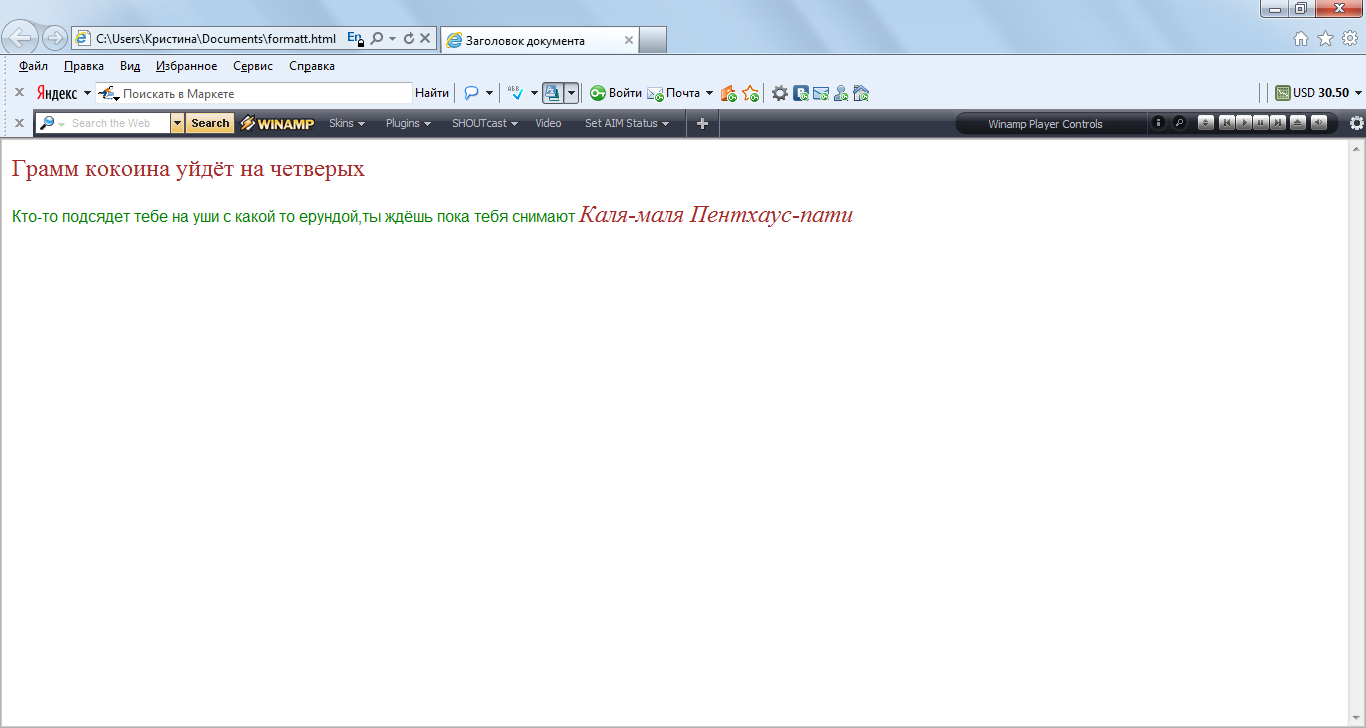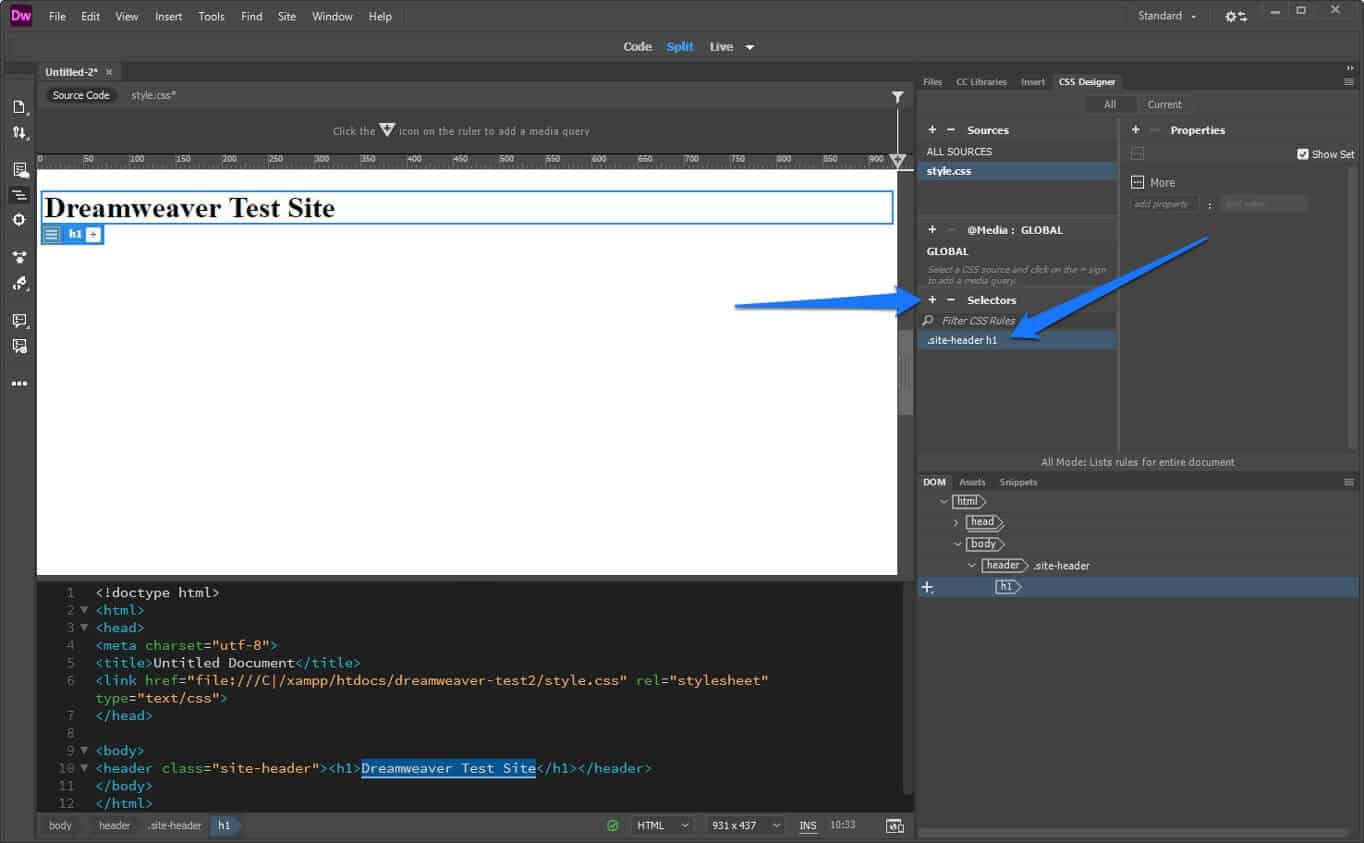

- #Html css javascript tutorial 11 case problem 4 how to
- #Html css javascript tutorial 11 case problem 4 code
Note that we must put our CSS inside the style tags in the head section.

We then follow it with a pair of curly braces that contain the desired style constraints for all elements within the container that has that identifier. Using an ID Selectorįor instances where we want to apply a style to a single element within an HTML page, we use a CSS id selector using the syntax #identifier (where is the id of the element to style within the page).

We can do this in either of the two ways below. Styling Buttons with CSSįirst, we want to define the style constraints for our button.
#Html css javascript tutorial 11 case problem 4 code
See, with JavaScript code, we completely replace the work of HTML code and also we can manipulate the color of the button through style.background attribute. This is another example of JavaScript code to create a button, what it will produce is some of the images below: We simply use the getElementById method and pass the desired element’s id as an argument: Let’s say we want to modify the label on an HTML button element with the id myButton. (clickMeButton) appends to the body of the document as a child.To style multiple attributes of our button using a style class, we would write clickMeButton.className = 'myStyleClassName' instead. = '#3dfe3a' sets the button’s background color to green.clickMeButton.innerHTML = 'Click Me!' sets the button’s inner HTML (i.e., the label we normally see between the HTML button tags) to say “Click Me”.clickMeButton.id = 'myButton' sets the button’s id to be myButton.document.createElement('Button') creates a clickable button object ( createElement(‘Button’)) referenced by the variable name .Now, let’s walk through what it does (in case you haven’t get accustomed to DOM and event handler, do some research to have the taste first): You’ve just created a button by using HTML! Now move on the main part! JavaScript Buttonsįirst, let’s consider the following code: The image below shows few files of HTML code and the content they produce: The basic syntax for an HTML button looks like this: Click Me

By changing an element’s innerHTML after some user interaction, you can make much more interactive pages). (Each HTML element has an innerHTML property that defines both the HTML code and the text that occurs between that element’s opening and closing tag. We can also access this text using the innerHTML property of the JS button object. The text enclosed between the button’s opening ( ) and closing ( ) tags are the label that will display on the button.
#Html css javascript tutorial 11 case problem 4 how to
If you’ve never worked with JavaScript, HTML, and CSS at the same time before, here is the template that helps you visualize how to write JavaScript and CSS code in HTML file: Templates and visualized codes Basic Format


 0 kommentar(er)
0 kommentar(er)
